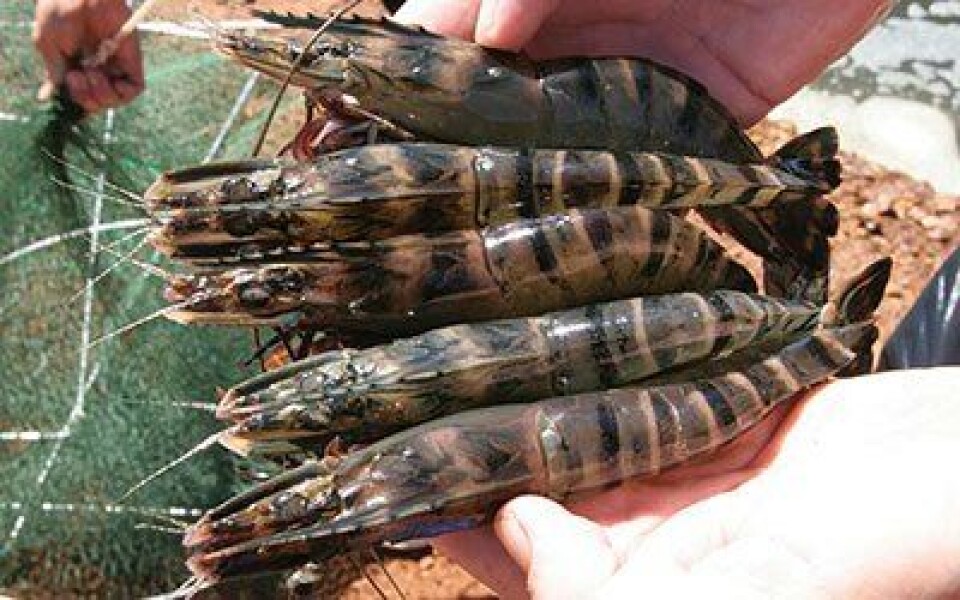
Australia's Project Sea Dragon prawn plan wins approval
Plans to build the world’s biggest prawn farm have moved another step closer, with authorities in the Northern Territories of Australia granting environmental approval for the first stage of Project Sea Dragon.
Seafarms Group, which is based in Perth, Western Australia, says the proposed £1.15 billion aquaculture facility along the north-west coast of Australia could produce more than 100,000 tonnes of black tiger a year.
The first stage of the project is a grow-out facility to be built at Legune Station near Kununurra, NT. It involves 1,120 hectares of land-based ponds, 324 hectares of internal recycling ponds and ancillary facilities and is expected to produce about 14,000 tonnes of prawns each year.
Earlier this year the NT Environment Protection Authority recommended approval of Seafarms’ plans, and last week the company said it had secured federal approval under the Environmental Protection and Biodiversity Conservation Act as well.
'More certainty'
Seafarms executive director Chris Mitchell said: “This approval provides more certainty for the future of Project Sea Dragon, which would provide significant economic and social benefits.”
The key conditions imposed as part of the approval involve developing and implementing a water quality monitoring and management program, establishing a scientific advisory group to help protect threatened species and precautions during construction and operation to avoid potential impacts to marine life, including turtles, sawfish and river sharks.
Josh Frydenberg, Australia’s Minister for the Environment and Energy, said Stage 1 of the project would result in a nearly threefold increase in Australia’s farmed prawn production, and a 55 per cent increase in Australia’s total production.
He added: “The environmental approval requires Seafarms to follow strict conditions to protect matters of national environmental significance including migratory birds, sawfish and the flatback turtle.
“The company will carefully manage matters such as wastewater and impacts from light and noise. An independent scientific advisory group will be established to help monitor protection measures and make sure they are working.”




















































